How To Ensure Your House Does Not Break Any Fire Safety Rules
Luckily there are a few things you can do to improve the fire safety of your home and to protect you and your family from the danger of fire. Making the time to create checklist specific to your home and its surrounding will give you a greater chance of avoiding potential disasters and escaping should you need to. Does your house break any safety fire rules?
Ensure you are kept up to date with any changes to fire safety rules and regulations and be aware that different rules may apply to alternate classes of buildings.
Inside the home
Let’s take a look at some of the important elements within the home that need to be considered to ensure your safety when it comes to fire.
Smoke detectors or alarms
Current legislation specifies that all Queensland dwellings will soon be required to have interconnected photoelectric smoke alarms in all bedrooms, in hallways that connect bedrooms with the rest of the dwelling and on every level. A 10-year phased rollout of interconnected photoelectric smoke alarms in Queensland will happen over three specific periods starting from 1 January 2017. This progressive rollout will affect new builds, renovations, rental properties and eventually owner-occupier homes.
You can find the specific requirements and how it affects you on the Queensland Fire and Emergency website.
In brief, it means that all existing smoke alarms manufactured prior to 2007 must be replaced with photoelectric smoke alarms compliant with Australian Standards (AS) 3786-2014. (Note: you should find the date stamped on the back) and must be operational. Existing hardwired smoke alarms requiring replacement must be immediately replaced with hardwired photoelectric smoke alarms.
Hardwired interconnected photoelectric smoke alarms compliant with Australian Standards (AS) 3786-2014 or non-removable 10-year battery smoke alarms (if a hardwired smoke alarm cannot be installed) will be compulsory for Queensland homeowners by 2027.
In the meantime, to offer the best protection for the residents of your home, photoelectric smoke alarms should be installed on every level of the building in every bedroom, in hallways connecting bedrooms with the rest of the home and on the most likely path of travel to exit the home in the event of fire. (Don’t forget to consider bonus rooms). Where there is no hallway, smoke alarms should be installed between bedrooms and other parts of the level of the building.
Fire Extinguisher
The home is full of potential danger. Ensuring you never leave the kitchen unattended whilst cooking, keeping children out of reach of hot oil and taking the time to clean areas where there could be a regular grease build up will ensure it is safe. Having easy access to a fire extinguisher or fire safety blanket is essential and should be located near the kitchen for easy access.
It’s no question why extinguishers are important, especially if you have gas connections in your home.
Safety switches
Other than checking that all electrical cords and power units are safe and replaced if they are frayed or cracked, ensuring your home is fitted with safety switches is critical in the event that there is an overload or an unsafe appliance. Seek the assistance of a qualified electrician so that you know that the work is guaranteed and meets Australian standards.
Learn more about interior house issues and safety with our interiors inspection list!
Outside of the home
The external surroundings of the home are just as important as the inside. How you keep your garden, garage and property maintained is just as important.
Escaping the home in an emergency
In the event of an emergency, every family should have a fire escape drill prepared and most importantly practiced repeatedly. It should cover multiple scenarios and how to be safe regardless of which room in the home you may be in. Don’t forget to establish a meeting place well away from danger.
Clearing leaves and cleaning gutters
If you live in bushfire prone areas, your level of awareness may be heightened. You’ll be instructed by local fire authorities to keep the area in and around your home completely clear of branches, timber and leaves. Cleaning your gutters regularly is important, so too is installing a water system.
Ensuring everyone in the home knows how to escape and call triple zero (000) in the event of a fire could be a matter of life and death.
There are many important elements of fire safety worth considering. Taking fire safety seriously is important.

